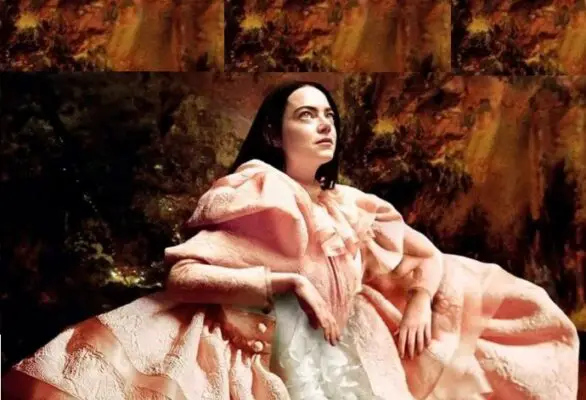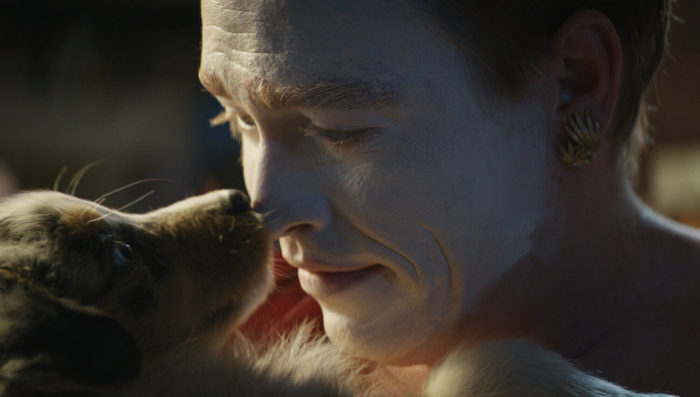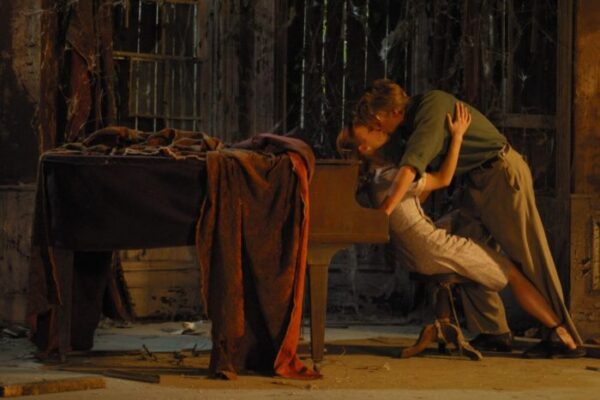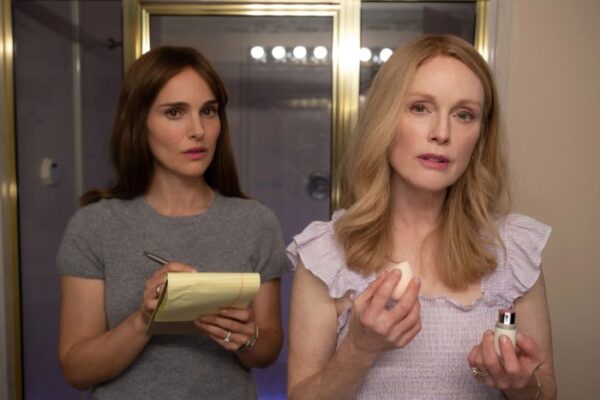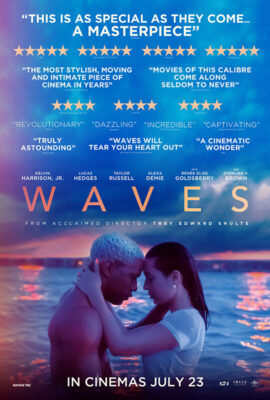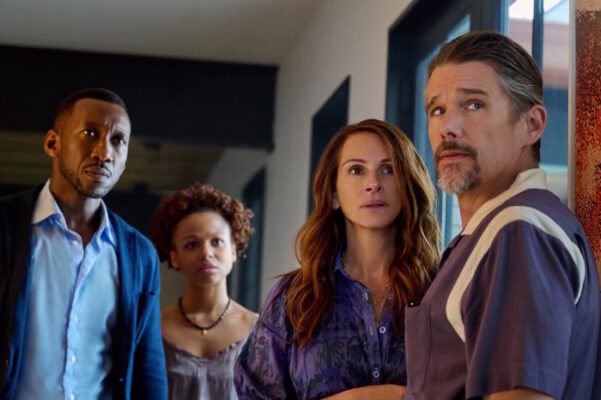The Meaning of Cloud Atlas Movie: Explanation of the Plot & Ending. In 2012, the historical-fiction film Cloud Atlas appeared on cinema screens, created by three directors at once. The picture, like most films with meaning, caused a lot of controversy among film critics and viewers, but this did not stop her from winning several awards and nominations. A detailed study of the plot will help you better understand the difference between the picture and other dramas and understand the meaning of the film Cloud Atlas.
Description of the story
The directors took as a basis the novel of the same name by David Mitchell, which was released in 2004.
In the prologue, viewers see an elderly man sitting on the beach and telling fascinating stories. He tells about six events that took place in different eras:
- 1849 – Notary Adam Ewing, heading to his native land on a ship, rescues the black slave Autua. Later, Autua retaliates by saving Adam from a poisoning conceived by con-man doctor Henry Goose. While traveling, he keeps a diary where he talks about his adventures. Returning home, Ewing takes his wife and joins her in the fight against the oppression of blacks.
- 1936 – Homosexual Robert Frobisher, having got a job as a secretary to the famous composer Vivian Ayres, stumbles upon Adam Ewing’s diaries in his library. He tells his lover Rufus Sixsmith about the find. In parallel, Robert writes a piece of music “Cloud Atlas”, the authorship of which Ayres is trying to appropriate. After shooting and injuring the composer, Frobisher escapes, later committing suicide.
- 1973 – Journalist Louise Rey investigates irregularities in a large energy company involved in the safety of nuclear installations. Rufus Sixsmith helps her in this, accidentally handing over to her letters from Robert Frobisher along with the report. Louise decides to buy a record of his work. Sixsmith is killed by an assassin. Louise is lucky, she stays alive and brings the matter to the end.
- 2012 – the owner of the publishing house Timothy Cavendish, who earned a considerable amount from the publication of the book by Dermot Hoggins and became an accidental witness to the murder, is forced to flee. Brother Timothy places him in a nursing home, from where Cavendish escapes, taking with him a description of Louise Ray’s investigation sent to him. The publisher hooks up with his former lover Ursula and writes a screenplay about his adventures.
- 2144 – confession of a clone of Sunmi-451, sentenced to death for rebelling against a system that divides people into classes: “purebred” and “manufactured products” created by artificial means. At the end of their useful life, the clones are killed, cut into energy soap, which serves as food for growing the next generation of fabrications. The impetus for Sunmi’s enlightenment was an excerpt from a Timothy Cavendish film she saw.
- 2321 – due to radiation, there are practically no people left on earth. A handful of people living on a small island worship the goddess Sunmi. Periodically, the island is visited by the Seers, who managed to save the technology of their ancestors. One day, one of the “seers” Meronym comes to the house of the goat herder Zahri. In return for her niece’s healing, Zahri agrees to accompany Meronym to the remaining intact satellite communications station. There, she reveals to Zahri who Sunmi really was, letting her confession be heard. Zahri, his niece, Meronin and the other seers leave earth, going to a nearby planet.
From the first frames, the tape resembles a puzzle, but after carefully watching it to the end, it becomes clearer the connection between the plots and the meaning of the ending of the film Cloud Atlas.
Note! Each of the actors plays several roles, reincarnating as the entity they represent evolves. Some of them even change gender and race.
The plot of the film Cloud Atlas differs in structure from the book narrative. David Mitchell wrote five stories first, leaving the ending open. After describing the sixth story, the ending of each event is revealed in reverse order. The directors decided to complicate the plot, showing the parallel development of all stories that simultaneously came to a climax.
Ending and hidden meaning
The film is perceived with difficulty because of the changing storyline, times, characters. It will take the viewer three hours of intense screen time to find out how the Cloud Atlas movie ended.
The immortality of the soul is the main idea of the film. Moving from one body to another, the soul lives forever.
Interesting! To identify the souls of the heroes, the authors used a birthmark resembling a comet flying through time.
But the reincarnation of the soul is not the only thing that the authors tried to convey to the audience. The meaning of the film Cloud Atlas is much deeper and more multifaceted. The painting raises several themes:
- Soul development. Reincarnating, each soul noticeably changes. Each subsequent incarnation of the freedom-loving soul becomes stronger and more courageous. Greedy, cruel souls gradually degrade, acquiring more and more disgusting and insignificant traits.
- Confrontation between the strong and the weak. In each plot, characters who seemed weak win, but the desire for freedom makes them stronger.
- Immortality in creativity. The main characters leave documentary evidence of what is happening to them, passed down from generation to generation (diary, novel, symphony).
At the end of the film Cloud Atlas, Zahri and his wife Meronym tell their grandchildren their story – a story about the infinity of life, love, the struggle for freedom and the price for it.
For some viewers, the picture aroused admiration, while others consider the tape incomprehensible, difficult to perceive. Perhaps you should read the book first. Then it will be easier to understand what the meaning of the film Cloud Atlas is. But even those who have not read the bestseller, the film will not leave you indifferent.


